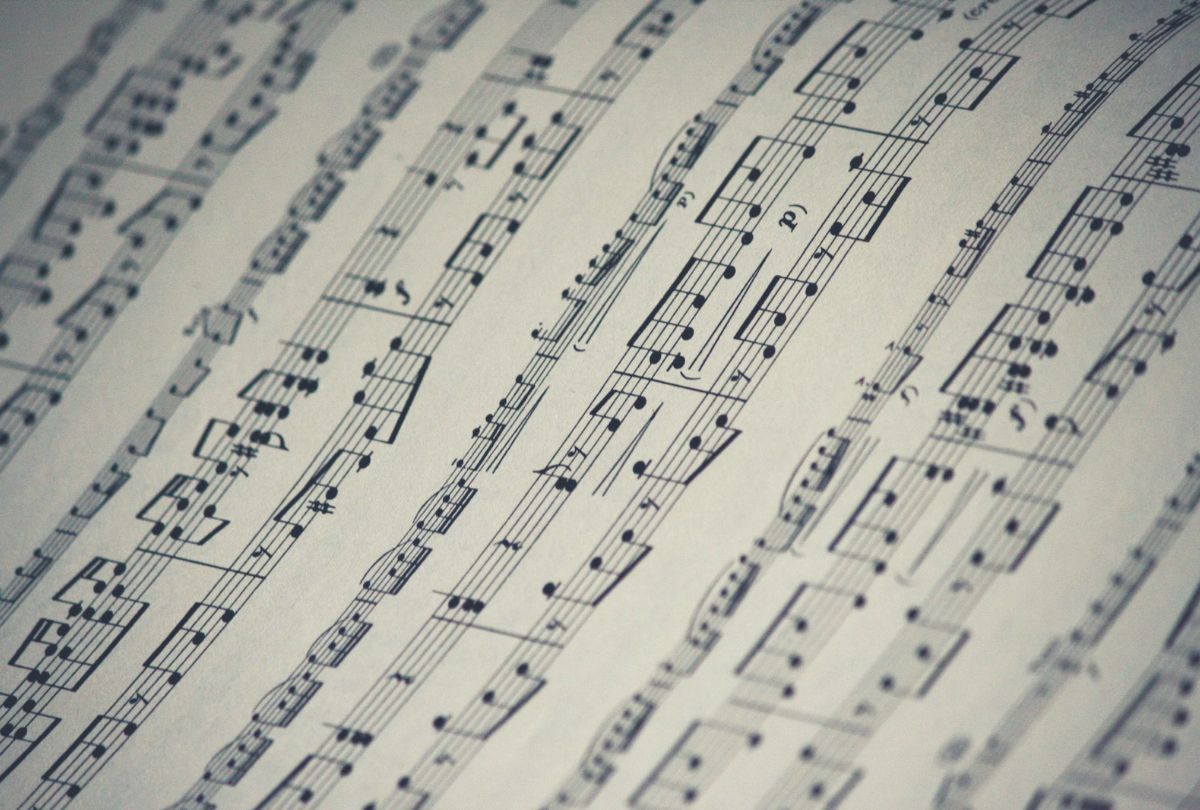One of the many joys of learning piano is being able to play songs you love. Whether you’re brand new to the piano or have been playing for years, learning a new piece can be a challenging yet rewarding process.
However, the amount of time it takes to learn a piece will depend on its difficulty, your skill level, and how much you practice.
If you are learning piano for the first time, it could take you anywhere from a few hours to a few days to learn basic melodies or chord progressions. For simple songs using both hands, it will likely take new pianists around 1 to 2 months to learn.
Standard pieces often take around 3 months but could take longer if you haven’t learned many other pieces yet.
For complex pieces, even experienced pianists can expect to spend at least 6 months learning and perfecting the piece – although some could take much longer and are considered to be “stretch pieces”.
But even once you know how to play a piece, it will take regular practice to perfect it and truly make it your own. Aim to dedicate at least 30 to 60 minutes to practicing piano each day.
Here are a few tips to get you started.
Clap or tap out the rhythm
Oftentimes, understanding the rhythm of the piece before adding in the notes will help pianists pick up the song much quicker than trying to do it all at once. Try clapping or tapping out a few measures at a time, repeating any trickier parts or sequences that trip you up.
Basic melodies will mostly be comprised of quarter notes, half notes, and whole notes. More advanced pieces will have more notes in quicker succession, rhythms with dotted notes, non-standard time signatures, or complex rhythms in both hands simultaneously. The more you practice the rhythms, the easier it will be to play them later.
Begin learning in small chunks
Similar to how you learned the rhythm, try playing the piece’s notes a few measures at a time. Most piano teachers recommend learning the piece with both hands simultaneously to help pianists hear the piece as a whole and coordinate the full rhythm early on. However, with trickier rhythms, isolating and repeating just one hand’s parts is an essential part of practice as well. A piano teacher can help identify exercises and practice techniques to help you through your piece, although the key is to try different things and then practice in a way that works for you.
Put everything you’ve learned together
Once you know the piece in chunks, work on putting the whole thing together and making it sound like one, coherent song. This means working on tricky transitions, bringing the piece up to tempo, and building stamina to play through the whole thing. Even though you know all the pieces separately, this will probably be more difficult than you anticipate. The key is to get through it, identify which parts need more practice, and stick with it – it will get easier!
Incorporate dynamics, phrasing, and passion
Now that you know how to play the notes and the rhythm, it’s time to put the finishing touches on your piece. Pay attention to the dynamics along with any other marking that can tell you the tone or speed of the music. Determining the shape and phrasing of the melody is also an important part of taking your song to the next level. Consider how the notes make you feel, and play them as if you’re telling a story. Lastly, let your passion and love for the piece show as you play – you’ll notice the people listening will also begin to feel those emotions.


Leave a Reply